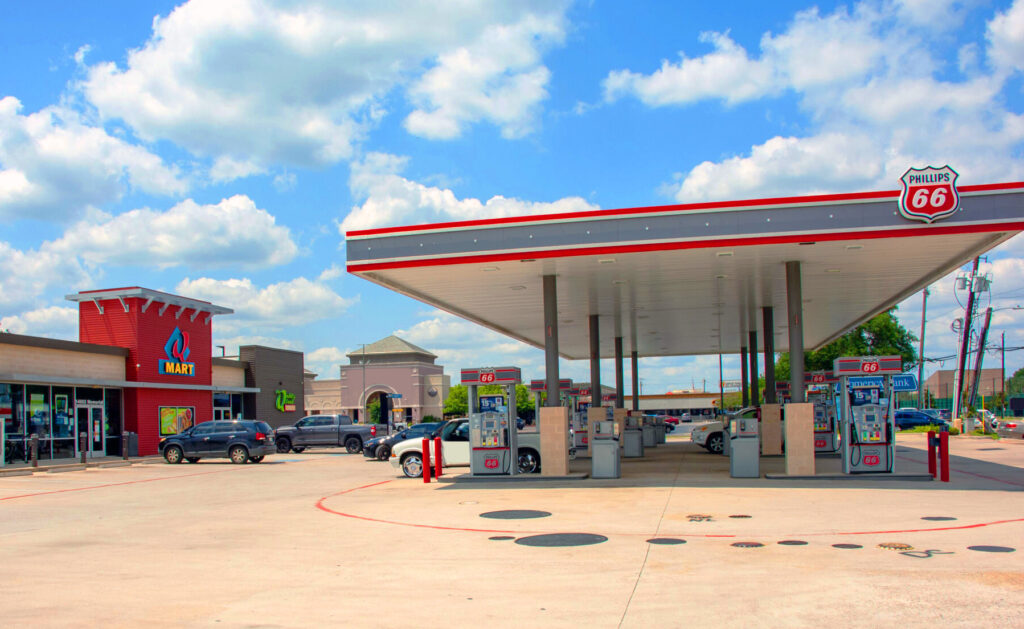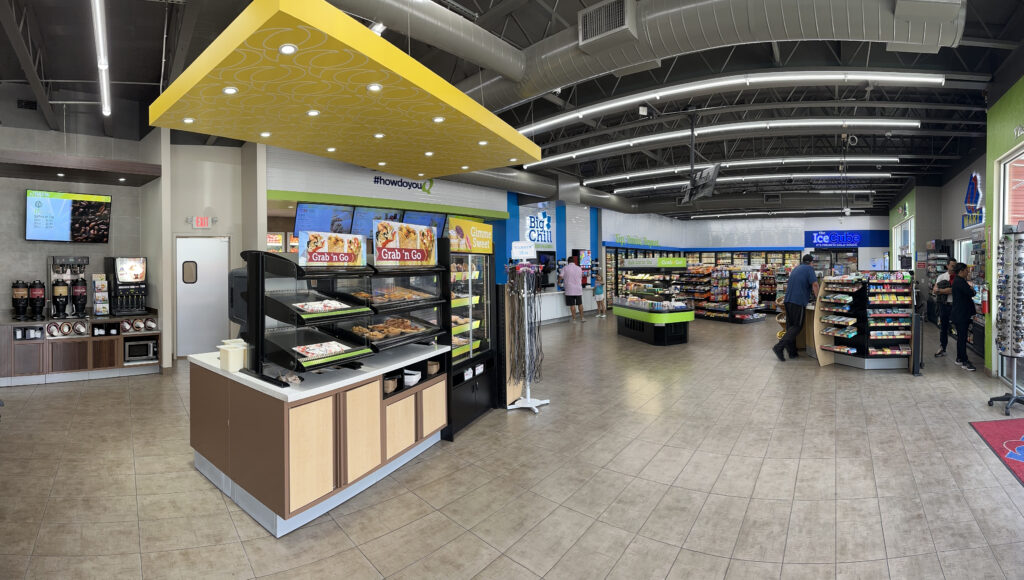The History of the Convenience Store

The history of convenience stores, from their modest beginnings in the early 20th century to their current status as a ubiquitous feature of urban and suburban landscapes, is a story of innovation, adaptation, and an unwavering focus on customer needs. This article delves deeper into each era of the convenience store’s evolution, revealing how these stores have become a vital part of daily life for millions of people.
The Birth of Convenience Stores (1920s-1930s)
The genesis of the convenience store can be traced back to the 1920s in the United States, a time marked by rapid industrialization and urbanization. As automobiles became more common, there arose a need for more accessible shopping options. The Southland Ice Company in Dallas, Texas, capitalized on this need. By offering basic grocery items at their ice manufacturing locations, they allowed customers to shop outside traditional hours, laying the groundwork for the modern convenience store. This era’s innovation was crucial in shaping the concept of convenience in retail. To learn more about the early days of convenience stores.
Post-World War II Expansion (1940s-1950s)
The end of World War II brought significant changes to American society, most notably the rise of suburban communities. Convenience stores adapted to these changes by expanding their product lines to cater to the needs of suburban families. During this time, 7-Eleven, a name that would become synonymous with convenience stores, began operating 24 hours a day, seven days a week. This round-the-clock service model was revolutionary, setting a new standard in retail convenience.
The Convenience Boom (1960s-1970s)
The 1960s and 1970s were pivotal decades for the convenience store industry. The introduction of self-service gasoline pumps was a game-changer, leading to the widespread combination of gas stations and convenience stores. This era also saw the introduction of technological advancements like electronic cash registers, which greatly improved efficiency in store operations. The impact of these innovations is explored in detail at The Balance Small Business, highlighting the ways in which technology began to reshape the convenience store experience.
Modernization and Diversification (1980s-2000s)
The late 20th century marked a period of significant transformation for convenience stores. This era saw the introduction of a wider array of services and products, including ATMs, lottery tickets, and freshly prepared food options. The 1990s, in particular, witnessed a shift towards offering healthier and more gourmet food options. Convenience stores also began to focus more on the overall shopping experience, improving store design and customer service. A detailed examination of this period of modernization can be found at Convenience Store News, which provides extensive coverage of the evolution of store formats and product ranges.

The Digital Age and Future Trends (2000s-Present)
The turn of the century ushered in the digital age, bringing new challenges and opportunities for convenience stores. The adoption of online shopping, mobile payment technologies, and digital marketing strategies became essential for staying competitive. Today, there is a growing trend towards personalized shopping experiences, sustainability, and the use of technology such as AI for inventory management and customer service. Forbes offers a comprehensive look at these recent developments and future trends in their article on the future of convenience stores.
At the forefront of modern convenience store innovation is QMart based in Houston, Texas and owned by NWP (Northwest Petroleum). First started by Fazil Malik in 1995 with just one location, QMart now spans across Texas with over 14 locations. QMart specializes in well-lit, well-located locations hosting a large number of pumps for fast fill-ups with no waiting and easy parking. QMart has also pioneered the in-store dining experience with their Q’Cafe offering customers a variety of fresh-cooked meals with breakfast and lunch options. In addition, QMart offers free WiFi, Big Chill (refrigerated room of extra cold alcholic beverages), vast wine selection (for any budget up to $99), Grab-n-Go area for commuters that want to grab a quick bite to eat or a refreshing drink, Coffee Bar, and more.
QMart also focuses on local communities by hosting charity events and sponsoring education-based programs often raising over $200,000 for local groups.
Regional Variations and Global Reach
As convenience stores spread globally, they adapted to local cultures and consumer habits. In Japan, for example, convenience stores, or “konbini,” offer a range of services from concert ticket sales to parcel delivery, reflecting the unique needs of Japanese consumers. In Europe, convenience stores often emphasize fresh, high-quality food products, catering to local culinary preferences. This global expansion and regional adaptation underscore the versatility and customer-centric nature of the convenience store model.
Environmental Consciousness and Social Responsibility
In recent years, convenience stores have also begun to embrace environmental sustainability and social responsibility. Efforts to reduce waste, use eco-friendly packaging, and offer healthier food options are becoming increasingly common. This shift reflects a broader societal trend towards sustainability and ethical business practices, further demonstrating the adaptability of the convenience store industry.
Looking Ahead: The Evolving Journey of Convenience Stores
The history of convenience stores is a compelling narrative of adaptation, innovation, and customer-focused evolution. From their inception as roadside ice vendors to their current role as essential, multi-service retail hubs, convenience stores have continuously evolved to meet the changing needs of consumers. As we look to the future, it is clear that convenience stores will continue to innovate, embrace new technologies, and remain a vital part of our daily lives.
